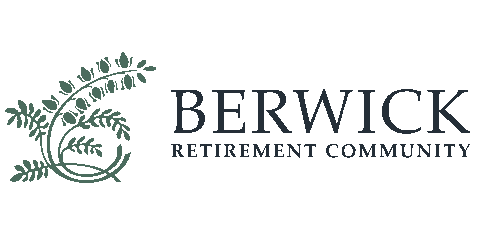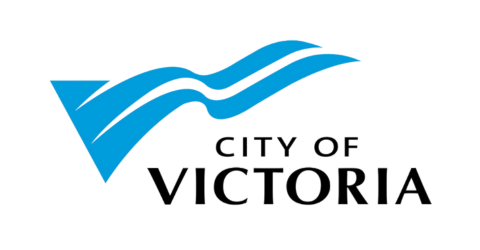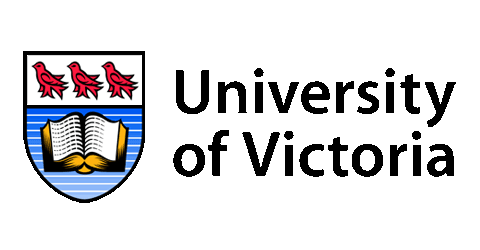Chamber is the unapologetic voice of business in our region
The Chamber recently issued a media release outlining our shift in advocacy priorities.
“We know our members have been hearing about these changes and we want to spread the word to the wider community, as well any businesses that might be unaware their voice is represented by The Chamber,” Chamber CEO John Wilson said. “We want businesses to know their calls for urgent action are being heard, and we have the ear of decision makers in all levels of government.”
The people who make up Greater Victoria’s business community care deeply about our region. They want a safe and sustainable life for everyone who lives here now, as well as for future generations.
As a member-based organization, The Chamber listens to its members and Board of Directors, who represent organizations of all sizes and industries, including the non-profit sector. They understand the current state of business in the region and have been clear about the direction needed.
“Our board has full confidence in John’s experience as a business leader and community-minded entrepreneur,” Chamber Board Chair Christina Clarke said.
How can we help your business? Please share your advocacy priorities with us at communications@victoriachamber.ca.
| Read the Media Release |
























